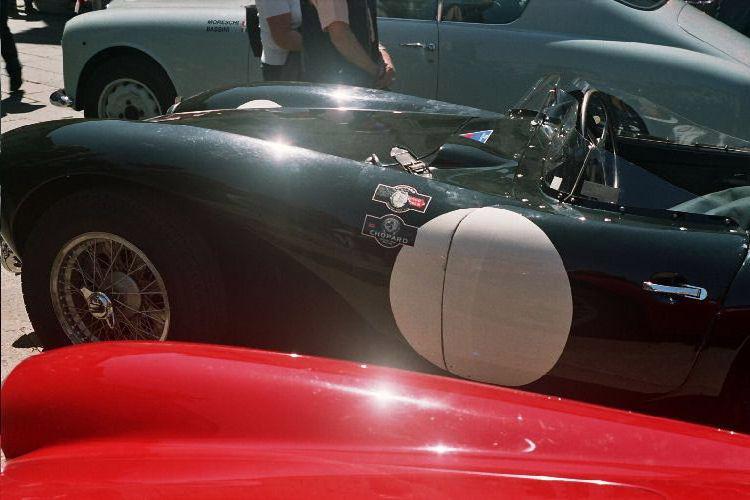Mille Miglia

Mille Miglia

Probably one of the greatest road races was the Mille Miglia (1000 miles). The Mille Miglia ran from 1927 to 1957. The race consisted of a single lap of 1000 miles on the roads of Northern Italy. Although the course varied each year, it always started in the city of Brescia, located in the Lombardy province and ran to Rome and back to Brescia. In between the course went through all the major cities and covered terrain ranging from the Apennines, the Abruzzi and the plains of Lombardy.
The Mille Miglia was open to just about every type of car. The entries ranged from tiny BMW Issetas to the most powerful sports cars of the day. Significantly the overall victor in the Mille Miglia was always a car of Italian manufacture with an Italian driver, except for two occasions. On those two occasions the winning car was a Mercedes-Benz. The first was the 1931 victory of German driver Rudolf Caracciola in a SSKL (a lightened SSK). But more famous is the 1955 victory by Sir Stirling Moss, with significant assistance of Dennis Jenkinson's navigational skills, in the Mercedes 300 SLR.
The last Mille Miglia occurred in 1957. A crash involving the Spaniard Alfonso de Portago's Ferrari 335S resulted in his death, that of his co-driver Ed Nelson and eleven spectators. By then the cars were becoming too powerful for the open road, making the race significantly dangerous for both drivers and spectators.
In 1982 the event was re-born as a "spectators parade". That event attracted 130 starters of which 100 finished. Since then starting field has been capped off at 375 cars, with the organizers turning entries away. I suppose a big factor in the success of this event is the unique opportunity to view these cars in their "natural environment". It should also be noted here that for the spectator this event is free.
As with the original event the re-born Mille Miglia occurs in the month of May, although the time of the month varies from year to year. Every effort has been made to capture the atmosphere of the original event. The entries are restricted to those vehicles which had competed in the original event. The cars still follow a 1000 mile route which closely follows the original courses. Instead of wheel to wheel racing, the event has become a rally for vintage race cars from the original event. As a result of the reduced speed, the event is spread out over three days.
Each year the schedule is the same. On Thursday morning and afternoon the entries under go technical inspection in Brescia's Piazza della Vittoria. That evening just as the sun is setting they depart Brescia for Ferrara from the start-finish line setup on Viale Venezia. The cars are started in a manner similar to the original events, the older (slower) cars leaving first and the "younger" (faster) cars last, departing at roughly one per minute. Basically the starting grid progresses roughly from 1927 cars to the more recent 1957 vintage.
The cars over night in Ferrara and in the morning depart for Rome, where they spend a second night. From Rome they depart on the final and longest leg of the event, the return to Brescia.
The finish is almost as interesting as the technical inspection and certainly more festive. The finish takes place Saturday evening with first car arriving at the start-finish at about sunset. At first they trickle in then eventually the returning cars are lined up behind the start-finish line, awaiting their turn to cross. The last car doesn't cross until well past mid-night. After crossing start finish, many of the cars simple pull over and park near by while their crews enter one the many local cafes for refreshment after the long drive from Rome. Here one encounters vintage Ferraris, Maseratis, Alfa Romeos along with all their British and German counterparts, casually parked along the side of the street.
Of all the vintage/ historic car events held around the world each year, this re-born Mille Miglia is probably the best kept secret. The Mille Miglia receives surprising little coverage in english language automobile magazines. The articles I have come across are nearly identical, describing the experience of riding in one the entries, as told from the point of view of a privileged journalist. For the most part they ignore the unique atmosphere of the event in which the spectator is a participant. The articles make little mention of the almost unlimited access allowed spectators to the vehicles and their crews during the technical inspection.
It is my hope that the pictures shown here capture some of the atmosphere of the Mille Miglia.